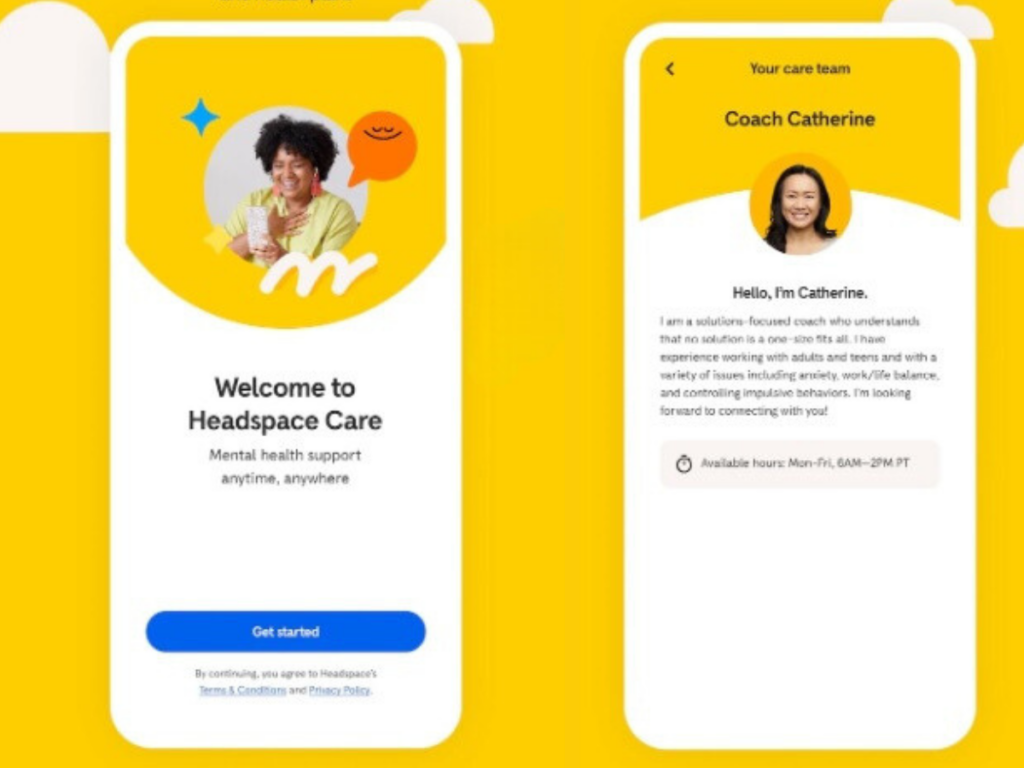
Mental health professionals use a variety of tools to assess current mental health status, evaluate safety, identify risk, and link people with the recommended level of service. But what can you do to help someone around you who may be showing signs of mental health distress?
Here are recommended basic steps designed to safely get an individual of concern to a professional or authority that can take it from there. You should never put your own safety at risk; rely on the help of trained professionals.
First step — just ask!
This is the first step to take if you are concerned about someone. If you notice a change in them or hear a statement or witness an event that concerns you, ask them if they are OK or if they need support. You may save a life just by showing care. You will not create an issue that does not already exist just by asking. All mental health support resources recommend this first step. Most then break down recommended action steps based on three potential levels of concern.
Action steps depending on levels of concern
Emergent
As the name implies, this would be a situation you consider an emergency. Respond with the same sense of urgency that you would for someone having a heart attack and seek immediate help. If the individual has physically harmed themselves or someone else, is threatening to harm themselves or others, or is medically compromised due to not caring for themselves, call 911 immediately — that may initiate a police response, depending on the process in your area. This will likely result in the person being evaluated at the local Emergency Department. Avoid leaving the person alone until help arrives. In this scenario, all you have to do is be the direct link to help. It is very common for these kinds of events to leave an imprint on you, so be sure to focus on self-care once the emergency has been resolved.
Urgent
When there is an area of concern that is not an emergency — there is no physical harm and no known intent to harm themselves or others — ask the individual what you can do to support them. You could share some ways the individual can be connected to a professional for further help or an assessment, including:
- Helpline Directory — connecting the person to a local community resource that can conduct a face-to-face assessment is best. Often, local crisis services deliver mobile crisis intervention services too, so they can come to you and/or the person of concern.
- Community mental health centers or state/county mental health offices are experts when it comes to local mental health service networks and are often a good starting point. They can help you navigate to appropriate services. The Substance Abuse and Mental Health Services Administration (SAMHSA) has resources to help you find treatment providers and support services.
- If the person has a primary care physician, that doctor can provide this assessment either directly or through a provider network.
Routine
This is where you feel confident the individual is safe and able to move forward independently. Encourage that person and the people who are supporting them to educate themselves about mental health, identify best practices, and learn about what resources are available in their community and online. Everyone should be familiar with how to access at least one crisis or emergency contact with ease.
Steps moving forward
Being there for someone in a time of need can be life-saving. Due to confidentiality regulations, professionals who treat or interact with an individual may not be able to disclose any information to you about the outcome, but you can always follow up with the person directly. This can be a good, supportive step that shows your concern.
Other helpful resources
- Penn State Crisis Line:
- Call 1-877-229-6400
- Text “LIONS” to 988
- National Suicide Prevention LifeLine
- Call or text: 988 or 1-800-273-8255 (TALK)
- Chat at 988lifeline.org
- Penn State World Campus Mental Health Case Management Services
Related content
- A Conversation About Mental Health — this blog post discusses the stigma surrounding mental health
- Support Your Health and Wellness with These Student Services — this blog post reviews some of the wellness services available to Penn State students



